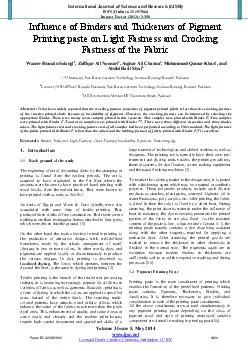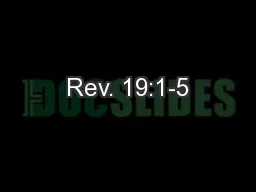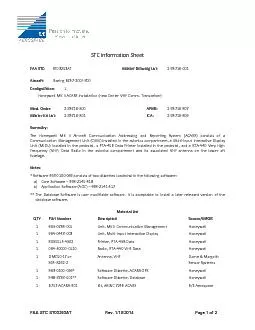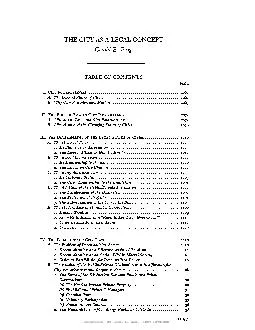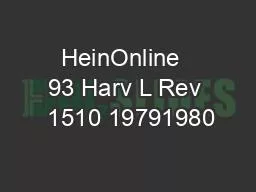PDF-Volume 2 Paper 252005 rev 32007
Author : summer | Published Date : 2021-10-03
HIPAASecuritySERIES Compliance DeadlinesNo later than April 20 2005 for all covered entities except small health plans which have until no later than April 20 2006
Presentation Embed Code
Download Presentation
Download Presentation The PPT/PDF document "Volume 2 Paper 252005 rev 32007" is the property of its rightful owner. Permission is granted to download and print the materials on this website for personal, non-commercial use only, and to display it on your personal computer provided you do not modify the materials and that you retain all copyright notices contained in the materials. By downloading content from our website, you accept the terms of this agreement.
Volume 2 Paper 252005 rev 32007: Transcript
Download Rules Of Document
"Volume 2 Paper 252005 rev 32007"The content belongs to its owner. You may download and print it for personal use, without modification, and keep all copyright notices. By downloading, you agree to these terms.
Related Documents




